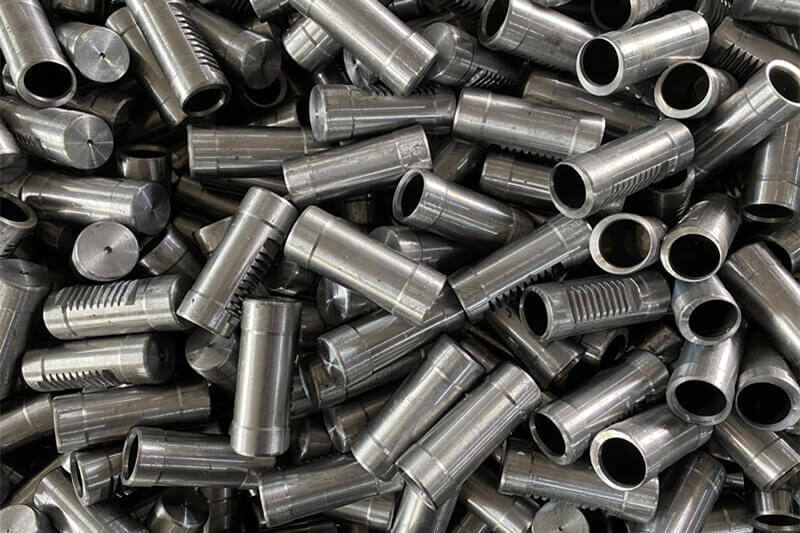Cold forging has proven to be one of the best forming methods, especially for softer metals. The technique has grown popular mainly because the forging is done at room temperature. You will not need to heat the blanks as it is with other forming methods such as hot forging, casting and warm forging.
Cold Forging Process
The cold forging process takes fewer steps, and that’s one of the reasons why it has grown popular with the manufacturer. As mentioned above, metals blanks are not heated. Therefore, the process goes straight from blanks preparation to forging. Here are the steps.
Selecting blanks: The first step is selecting the material to forge and prepare it. You need to cut the right size as the dies and the correct weight according to the forging specs if you are forging steel.
Lubrications: With the blank specifications met, the forging process is ready to kick off. You need to have the parts lubricated with the right oil. Lubrication helps in two ways – cooling the forging after striking and making it easy to remove from the die.
The stroke: The stroke or compression stage is when the workpiece is compressed by a huge force to cause plasticity. But you need to ensure that it is pressed correctly on the die and the right force has been applied. After the striking, the workpiece will produce the required forging.
Flashing and part removal: The next step is flashes removal from the forged workpiece. The excess materials are removed and can be recycled. The forging is removed from the die.
Finishing: The cold forging may not need finishing work, but there are cases that it becomes necessary.
Cold Forging Tools and Equipment
There are specific tools that you need for proper cold forging. These are some of the key tools and equipment you need:
Basic metal handling tools: You need most of the tools you need in a metal workshop, such as hacksaws, pliers, hammers, and many others.
CNC machining equipment: You might to including the production of dies for the forging work, In such a case, then machining equipment will be necessary since they are commonly used for die making.
Hydraulic Press Equipment: The striking or compression stage is performed by the use of a hydraulic press machine. That’s why it is one of the most crucial pieces of equipment in a cold forging factory.
Finish equipment: Though finishing is not a must for most cold forged products, it is a crucial set of machines you need to have. These machines should also include heat treatment equipment.
